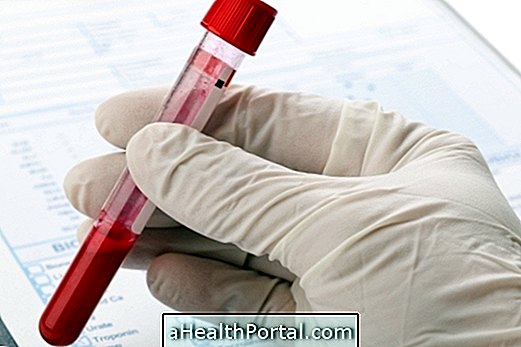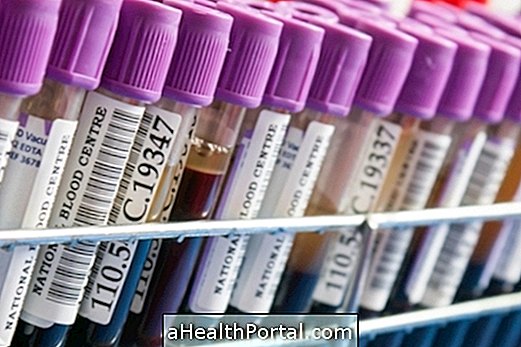Examination of the glycemic curve, also called an oral glucose tolerance test, or a TOTG, is an exam that can be ordered by a physician to help diagnose diabetes, pre-diabetes, insulin resistance, or other pancreatic cells.
This test is done by analyzing the blood glucose concentration in the fasted state and after the ingestion of a sugary liquid supplied by the laboratory. Thus, the doctor can evaluate how the body works against high concentrations of glucose. The TOTG is an important exam during pregnancy, being included in the list of prenatal examinations, since gestational diabetes can represent risk for both the mother and the baby.
The examination of the glycemic curve is made available by the SUS, and there is no expense for this test, but when done in private clinics, it can cost approximately R $ 30.00.

How is the exam done?
The test is done with the objective of verifying how the body reacts against high concentrations of glucose. For this, the first blood collection should be done with the patient fasted for at least 8 hours. After the first collection, the patient should drink a sugary liquid containing about 75 g of glucose in the case of adults or 1.75 g of glucose per pound of the child.
After consumption of the liquid some collections are made according to the medical recommendation. Normally 4 blood samples are taken until 2 hours have elapsed since the drink is ingested. In other words, collections are made 30, 60, 90 and 120 minutes after consumption of the liquid. In some cases, the doctor may order only a single dosage after 2 hours of fluid intake.
The samples collected are sent to the laboratory, where analyzes are made to identify the amount of sugar in the blood. The result can be released in graph form, indicating the amount of glucose in the blood at any given moment, which allows a more direct view of the case, or in the form of individual results, and the doctor should make the graph to assess the health condition of the patient.
Reference values
The interpretation of the glycemic curve after 2 hours is as follows:
- Normal: less than 140 mg / dl;
- Tolerance decreased to glucose: between 140 and 199 mg / dl;
- Diabetes: equal to or greater than 200 mg / dl.
When the result is decreased glucose tolerance, it means that there is a high risk of developing diabetes, which may be considered a pre-diabetes. In addition, only one sample of this test is not sufficient for the diagnosis of the disease, and one should have a fasting blood glucose collection on another day to confirm.
If you think you may have diabetes, understand the symptoms and treatment of diabetes mellitus better.
Oral glucose tolerance test in pregnancy
The TOTG exam is essential for pregnant women, as it allows the risk of gestational diabetes to be verified, for example. The test is done in the same way, ie the woman needs to be fasting for at least 8 hours and after the first collection, she should drink the liquid to be dosed according to the medical recommendation.
The collections should be done with the woman lying comfortably to avoid discomfort, dizziness and fall of the height itself, for example. The reference values of the TOTG test in pregnant women are the same and the examination should be repeated if any change is observed.
This test is important during the prenatal period and is usually recommended as of the sixth month of pregnancy and is intended to make an early diagnosis of type 2 diabetes and gestational diabetes. High blood glucose levels during pregnancy can be dangerous for both the woman and the baby, with premature birth and neonatal hypoglycemia, for example.
Understand better how symptoms, risks and how the diet in gestational diabetes should be.




















